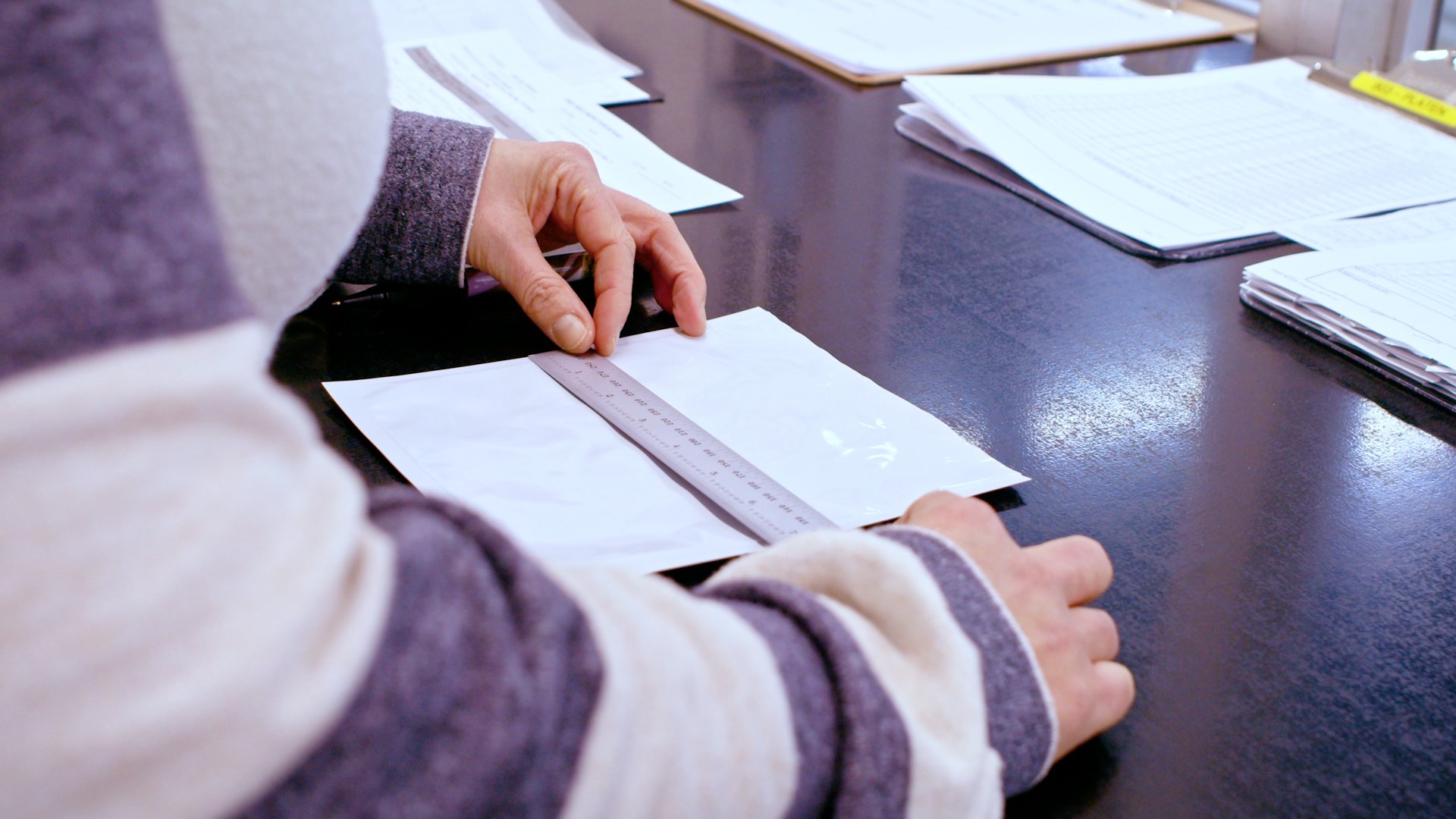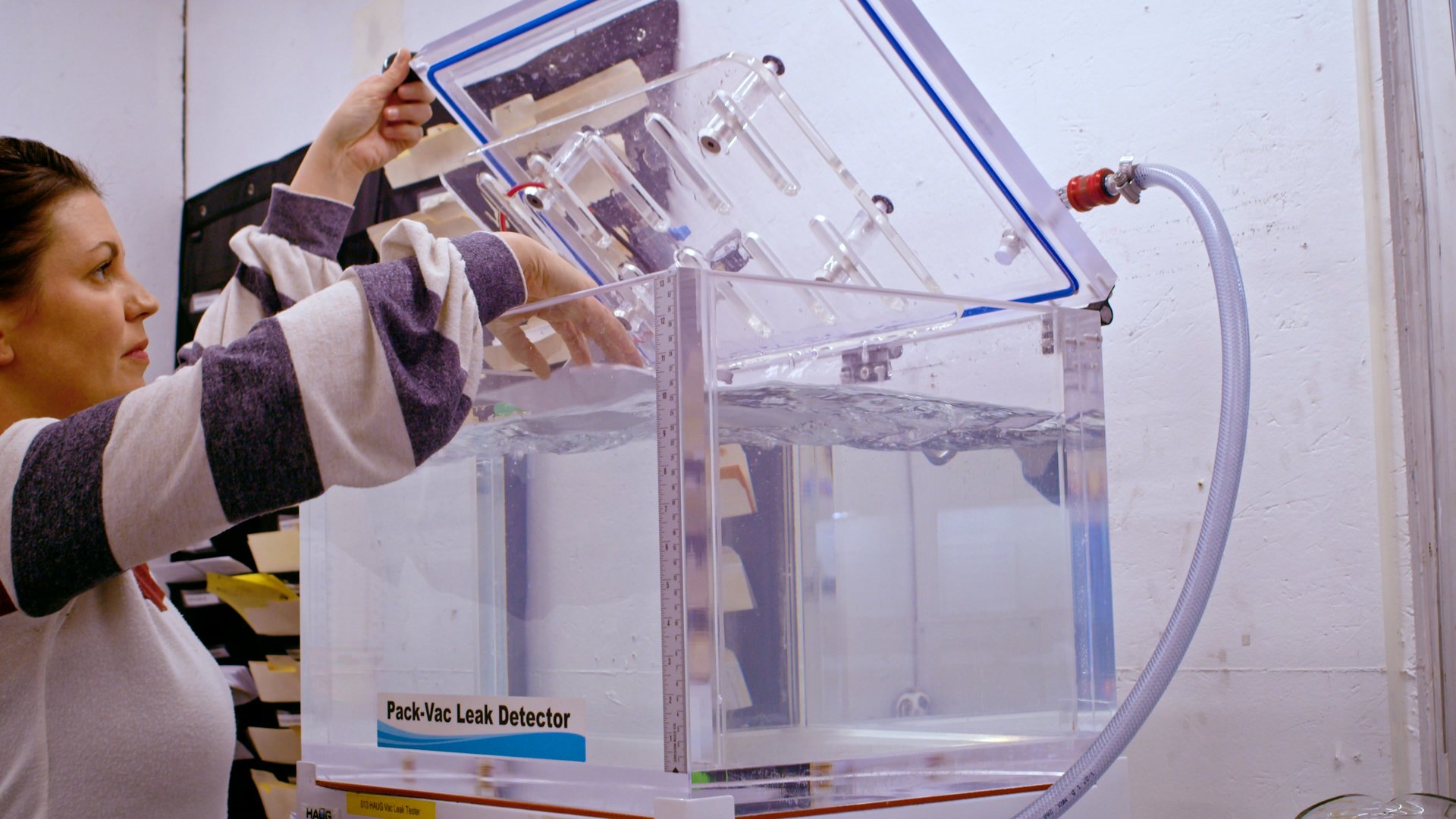Quality Assurance at Heritage Packaging
How Do You Know It’s Done Right?
Quality is of the upmost importance in our line of work. It’s imperative that the products we manufacture exactly meet the job’s specifications. This can range anywhere from being a serious safety concern to needing to keep all of the soup inside of a container. Whatever the function, it’s important that it’s done right. Heritage Packaging goes to great lengths to be sure that it is!
You can watch our video below to spend a few minutes in our Quality Lab and on the production floor. See exactly what goes into maintaining the highest level of product quality with our Quality Assurance Manager, Elizabeth, and her team.
What is the quality program based on?
Our quality management system is based on MIL-Standard 1916, which places emphasis upon process control as the means of preventing non-conformances, controlling quality, and generating information for improvement. 1916 also provides a set of sampling plans and procedure for planning and conducting inspections to assess quality and conformance to specifications. All of our made-to-order products undergo quality inspections and testing against the quality inspection standards developed for each of them.
What does a typical day for the quality team look like?
During a job setup production will provide the Quality Control team with a first piece. Quality will then perform a first-piece inspection against a quality standard. Upon approval, the full production run begins.
Our Quality Control team performs routine inspection rounds throughout the day. During their rounds, they are performing checks according to the provided inspection standard and pulling samples for testing in the Quality Control Lab.
Typical inspection points include verification of proper material, dimensional checks (length, width, height) and seal aesthetics.
If during their inspection they come across an out-of-tolerance value, they immediately notify their supervisor, who will take action according to our non-conformance procedure.
In addition to quality checks, the operators are also responsible for checking the parts they produce, both dimensionally and visually.
On a daily basis, our Quality Control Supervisor uses a real-time database to provide a status on each job to keep everyone up to date.
What type of testing is performed in the lab?
We perform tensile testing using our tensile testers, burst strength using our burst tester, immersion testing using our vacuum chamber, and MIL-Spec hang testing.
Once testing is completed, retains are maintained.
Just like during the inspection process if the Quality Control team identifies an out-of-tolerance value, they immediately notify their supervisor, who will take action according to our non-conformance procedure.
What does it mean to be SQF certified?
SQF stands for Safe Quality Food certification for food packaging.
We have both a Quality and Food Safety Management System that allow us to produce safe, consistent, high-quality products that meet or exceed our customer’s expectations.
This includes comprehensive standard operating procedures and associated forms.
Following good manufacturing practices and maintaining a clean facility.
Conclusion:
We hope you enjoyed a closer look at how we build quality into the products that we produce. As you can see, it’s a critical step in the process and is important to how we conduct business at Heritage Packaging.
If you want to keep learning, be sure to sign up for our newsletter at the bottom of this page, and visit our blog for more free resources and answers to frequently asked questions.
Need to talk to our team about your specific challenges? Send us an email, fill out our quote form, or give us a call to see if an engineered flexible packaging solution is right for you.



